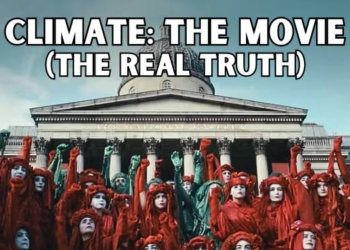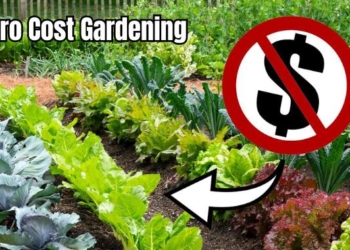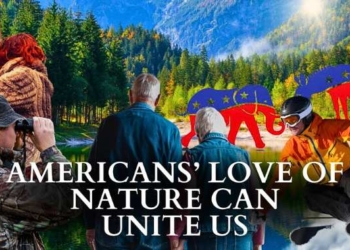
By Tereza Cervena
The European Green Deal is nothing less than a proposal for a new social contract between citizens and the state, between the Member States and the European Union, between citizens and Europe.
“I want Europe to become the 1st climate-neutral continent in the world until 2050. To succeed, we must take very bold steps, all together. I will introduce Green Deal for Europe within the first 100 days in my office. At the same time, I will present a European climate law that will set these objectives. It means we have to change. Every one of us, every sector must contribute. From aviation to seafaring to change how each of us travels and lives”. These are the brave words by Ursula von der Leyen on July 16, 2019, during her speech in the European Parliament as a candidate for a post of the President of the European Commission. She promised to present to MEPs, within the first 100 days at the office, the European Green deal. Now, when the new European Commission is assumed and von der Leyen is its President, we proudly can declare she has fulfilled her promise. The main objective of the EU Green Deal is to achieve climate neutrality by 2050.
Inspiration for the European Green Deal
While talking about the Green Deal, it is convenient to compare the current European Green Deal with its American predecessors. The first is President Roosevelt's New Deal of the 1930s which as a result, expanded the boundaries of the US federal government and strengthened its institutions. The same potential lies in the European Green Deal because by virtue of its fundamental transformation of the economy and society as a whole, it can define the core of the European Union and separate it from its periphery.
It was the term New Deal that inspired the establishment of the US environmental and political platform Green New Deal at the beginning of the 21st century. This term was popularized by journalist Thomas Friedman in 2007 in the New York Times. His article, The Power of Green, remains a visionary text even after 13 years because the environmental shift towards clean energy and the reduction of greenhouse gas emissions is also presented as a geopolitical, security and economic social priority. Friedman understands this turnaround as a mainstream policy whose success depends on innovations, and on their ability to mobilize market capitalism. He writes that the only thing that is stronger than mother nature is father greed.
Since 2010, the Green New Deal became part of the election programs of the presidential candidates of The Green Party of the USA. And after the congressional elections in 2018, thanks to the newly elected members of the US Congress of the Democratic Party, the Green New Deal became one of the major themes of American politics for a significant period of time. For the European observer, perhaps, the most prominent supporter of the Green New Deal is a Congresswoman Alexandria Ocasio-Cortez.
First steps towards Green Deal
In January 2019, the idea of the Green Deal appears for the first time in a European policy environment. It is brought to light by Michel Barnier, former EU Commissioner and still EU negotiator for Brexit. For the Project Syndicate (international media organization), he mentioned inspiration from the USA and suggested a number of possible measures at European Union level, from the circular economy to the electrification of transport. His article was viewed by several commentators as an ambition to become the President of the European Commission after the 2019 elections. Barnier published a similar article in April 2019, under the name “It´s time for a green EU deal”, based on communication published by the European Commission at the end of November 2018, but it did not yet include the term green deal. Of course, the European Commission's European Green Deal policy program is much more elaborated and more specific, especially in the proposed measures. It is important to mention that it’s been a long process. The fundamentals have been prepared by the previous Commission, led by Jean-Claude Juncker and Commissioner Cañete. The European Green Deal is a Roosevelt project, a set of state interventions responding to a serious crisis. It is a response to climate change and its environmental crisis. The objective of achieving EU climate neutrality by 2050, which is a key commitment, was supported by 26 of the 27 Heads of Member States. The only exception was Poland, but his Prime Minister stressed that what they disagree with is the date and not the very ambition of reducing emissions and moving to clean energy.
Changing behavior towards the atmosphere and nature means accepting the Green Deal for yourself, being willing to pay the huge costs associated with it in advance, perceiving them as an investment in the future. In order to achieve this, intergenerational solidarity needs to be built, as the current investment will mainly affect future generations. But, finally, politicians and people are aware. We have just started off a very long and demanding journey for a better future.
All we can wish for is to make our planet great again!
About the Author
Tereza Cervena. A graduate of Univeristé de Lorraine (France) in European Studies. Marketing support at where am i now. “What´s happening around us” enthusiast.















